- Home
- Electrical
- Electrical Boxes Enclosures
- Electrical Enclosures Accessories
- Electrical Enclosures
.....Read More
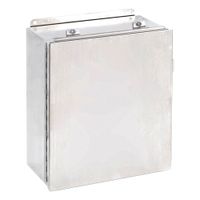
Corrosion-Resistant Washdown Enclosures
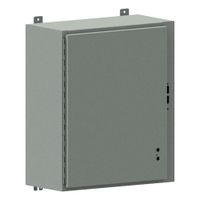
Disconnect Switch Electrical Enclosures
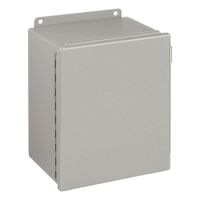
Dust-Tight Enclosures
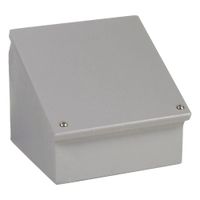
Electrical Enclosure Consoles
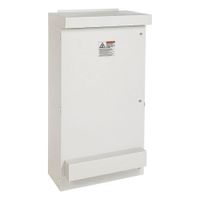
Electrical Enclosures with Built-In Ventilation

Hazardous Location Electrical Enclosures

Indoor Enclosures

Small Terminal & Electronic Project Boxes

Submersible Enclosures
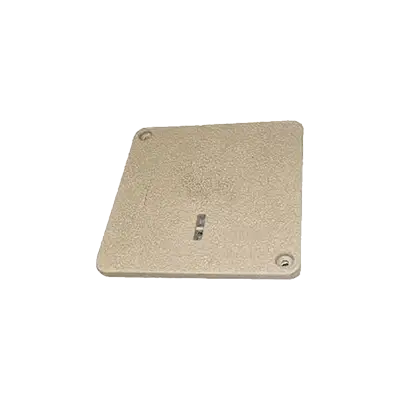
Underground Electrical Enclosure Covers
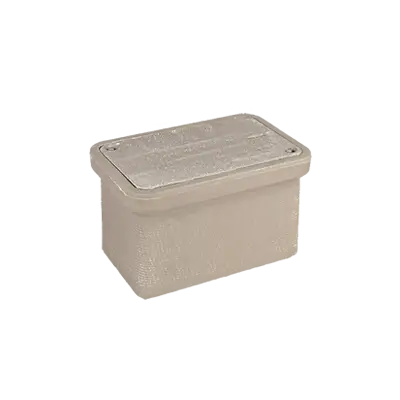
Underground Electrical Enclosures

Washdown Enclosures
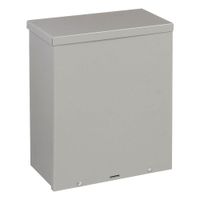
Weather-Resistant Enclosures
Frequently Asked Questions
What are the different types of electrical enclosures?
How do I choose the right electrical enclosure for my needs?
What materials are commonly used for electrical enclosures?
How do I ensure an electrical enclosure is weather-resistant?
What are the standards and ratings for electrical enclosures?
How do I maintain and clean an electrical enclosure?
What are the benefits of using a ventilated electrical enclosure?